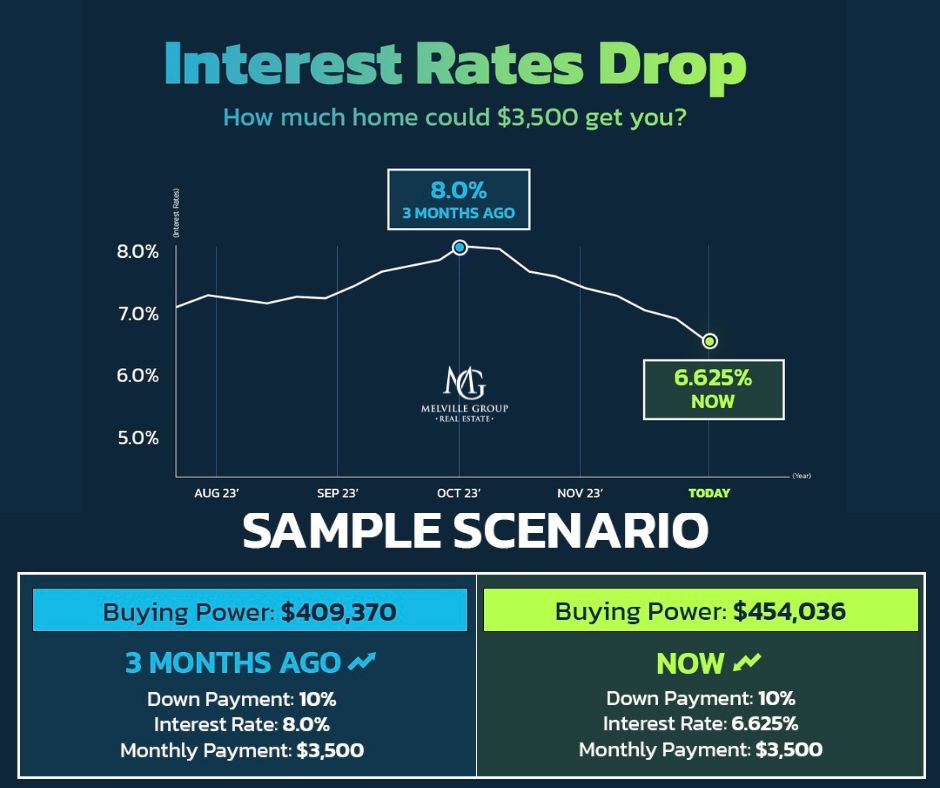The Impact of Rising Insurance Rates on Home Affordability in 2024
Insurance rates play an important role in a real estate transaction. Homeowners insurance payments, mortgage payments and property taxes all work together to determine the cost of a monthly payment and whether a homeowner can afford a home.
Unfortunately, homeowners insurance premiums have recently surged in price, which presents challenges for hopeful homeowners.
Insurance Rates are Rising
As of the spring, homeowners insurance premiums have seen an average increase of 21%. This substantial increase, combined with higher mortgage rates, could potentially strain the budgets of prospective homeowners.
With insurance premiums projected to continue to rise in the current year, finding affordable coverage becomes critical for those entering the real estate market.
Unfortunately, many prospective homeowners tend to overlook insurance costs until later in the home buying process, potentially leading to their monthly payments exceeding their budget. For some buyers, the costs are too high and they are forced to cancel the contract.
Increased homeowners insurance rates are particularly critical in California, where wildfires have caused many insurers to choose to leave the State altogether.
This oversight not only impacts individual homeowners but also has a ripple effect on various industry players, including mortgage lenders and real estate agents. Addressing the escalating insurance rates is an urgent priority for achieving housing-market stability nationwide.
What is the Best Strategy?
To navigate this problem, it becomes essential for buyers and sellers to consider insurance costs at the beginning of the home buying process. By proactively addressing this problem early on and seeking affordable, comprehensive coverage at the time of the offer, the impact of rising insurance rates on securing contracts can be lessened.
The Takeaway
As the real estate landscape continues to evolve, staying informed about these factors is key to making sound decisions in the pursuit of homeownership.
652 total views, 1 views today


















